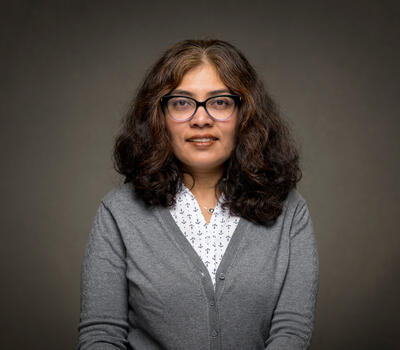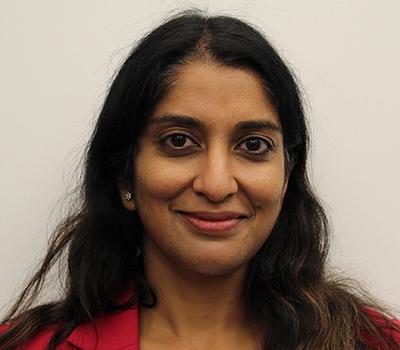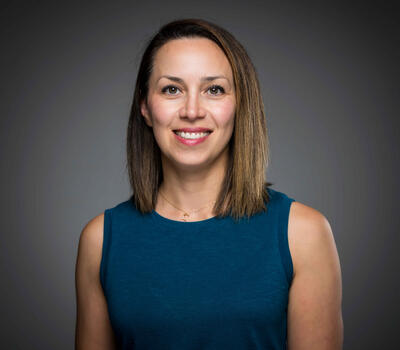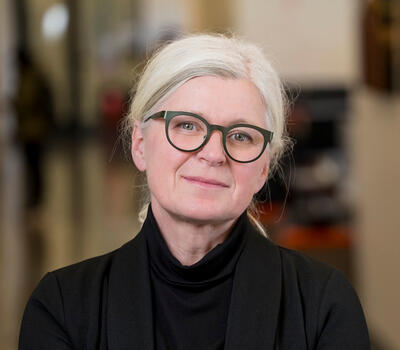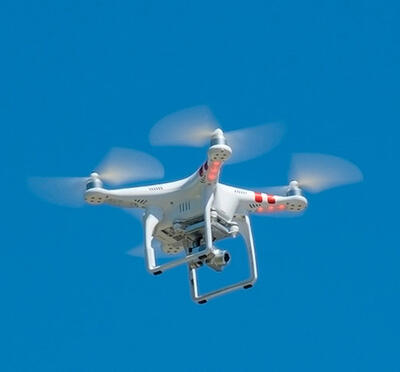In September, Donald Pettit launched from Kazakhstan on his fourth space flight, headed for his third mission aboard the International Space Station. Now 70, the Silverton native and Oregon State Engineer (B.S. chemical engineering, ’78) is NASA’s oldest active-duty astronaut. He’s spent more than 18 months in space since 2002 and has logged over 15 hours of extravehicular activity.
While Pettit’s experience has been unusual, to say the least, he expects increasing numbers to join a growing extraterrestrial workforce in the near future.
“Space is a hopping place right now,” Pettit told an interviewer with CBS News in late 2024. “It is starting to open up like the Wild West, and I think we are going to see an incredible expansion of humans living and working in an orbital environment.”
Pettit joined the crews of Expedition 71/72 on the station, some 250 miles from the Earth’s surface and orbiting the planet once every 90 minutes at a speed around 17,000 mph. About two months into his six-month stay, a small package arrived from his alma mater, delivered by a SpaceX resupply mission.
That package, roughly the size of a lunchbox and containing three types of cardiac cells, was sent by Binata Joddar, associate professor of bioengineering at Oregon State, as part of a study on the effects of very low gravity on cell growth and health. Joddar’s study, sponsored by the National Science Foundation, is one of several current research collaborations between NASA and College of Engineering faculty.

Engineering research in very low-gravity environments, or microgravity, is enabling new breakthroughs in medicine, materials science, and technology by eliminating gravitational effects that influence biological and physical processes. This could lead to improved drug development, stronger materials, and enhanced manufacturing techniques, benefiting life on Earth while advancing space exploration and future off-world habitats.
The unbearable being of lightness
Perhaps counterintuitively, microgravity takes quite a toll on the human body. As it turns out, structures that evolved for life on Earth are poorly adapted for living in space.
“In space, you don’t have gravitational forces pulling on you, so your muscles are not working as hard as they should,” said Ivana Hernandez, a first-year Ph.D. student working with Joddar. “So, astronauts come back and they start to faint or have problems with their muscles. Of course, the heart is a muscle, so we’re trying to see how microgravity induces cardiac atrophy on a cellular level.”
The study has applications on Earth as well, said Joddar, whose expertise and research interests center on the emerging field of tissue engineering. If researchers can figure out what’s happening to the heart during space flight, she reasons, they can develop therapies for cardiac atrophy that could benefit people with cardiac or other muscular diseases, in addition to helping to protect the health of astronauts.
“Earth’s gravity pulls everything toward its center,” Joddar explained. “That's why, if you look at human tissues, we are all built stronger in the longitudinal as opposed to the transverse direction. The question is: What happens under the influence of microgravity?”
The materials sent to space included 3D-printed fibrous scaffolds, on which the three types of cardiac cells could grow into a cardiac organoid, supported and monitored by automated systems within their box. After orbiting for 21 days, the materials were returned to Oregon State last December to study the effects the journey had on cell growth and health.
Joddar’s project was awarded a grant from the National Science Foundation in 2019, when Joddar was working at the University of Texas at El Paso. Hernandez finished her master’s degree there last summer, then moved with Joddar to Oregon State this fall to pursue her doctorate.
During her first term here, Hernandez had the opportunity to visit Kennedy Space Center in Florida to prepare the materials for flight and watch the rocket launch with her experiment on board.
“Knowing that my work went there is really exciting — it’s really mind-blowing,” she said.
Grad student tries defying gravity
Ellie Schlake, a Ph.D. student in electrical engineering, got to experience zero-gravity flight last summer while studying the effects of reduced gravity on the laser sintering of functional inks for printed electronics.
Schlake works with Nirmala Kandadai, assistant professor of electrical and computer engineering, whose group is part of a collaborative effort led by NASA’s Marshall Space Flight Center to advance in-space manufacturing. NASA is pursuing in-space manufacturing of electronics for two prospective applications, Kandadai said.
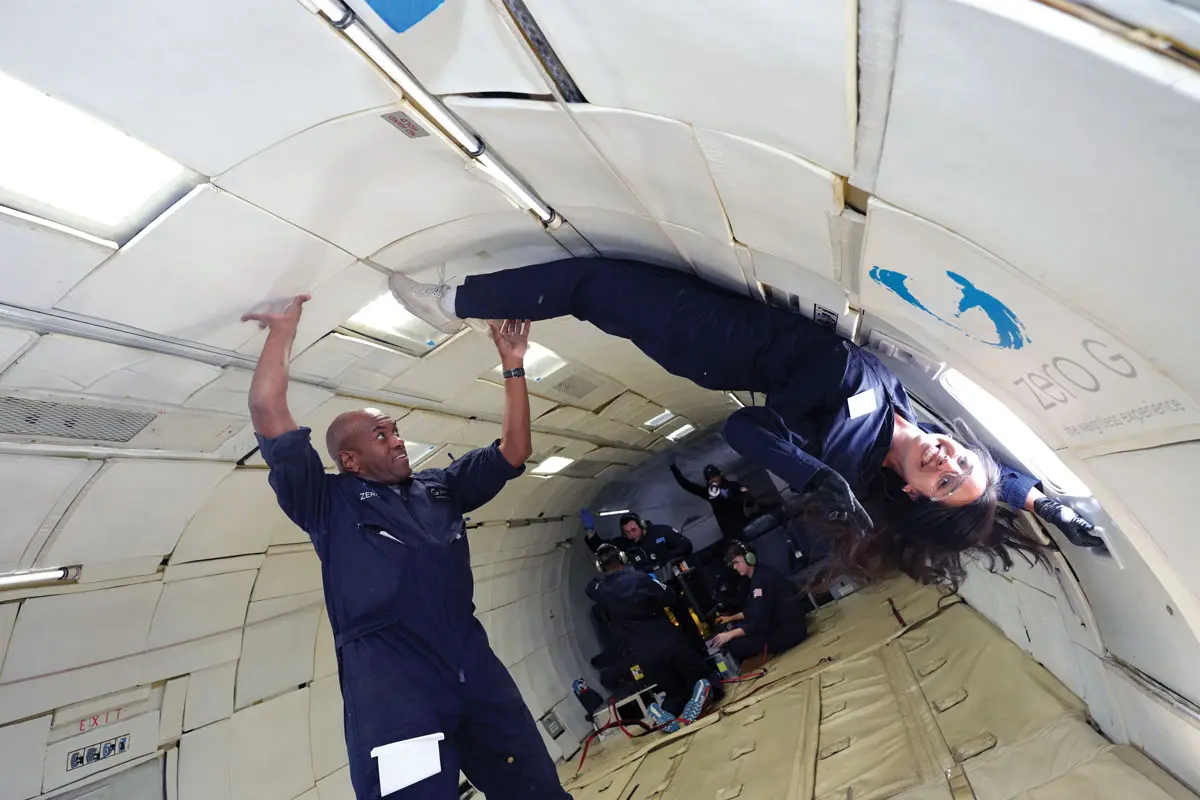
“The first is to enable astronauts — on the International Space Station for example, or on future lunar missions — to print electronic components in space as needed, rather than having them sent from Earth,” she said. “The second is to develop electronics in space, because microgravity provides a unique environment that enables you to create devices that you cannot manufacture on Earth.”
Schlake, along with her laser sintering equipment and materials, flew aboard a specially modified B-727 aircraft operated by the Zero-G Corp. The plane flies in a parabolic trajectory, allowing those on board to experience weightlessness for about 17 seconds at a time.
“I had 20 parabolas of testing the laser, and then 20 where I was just floating around and experiencing zero gravity, which is really fun,” Schlake said.
Preparing to launch
Environmental engineering faculty Dorthe Wildenschild and Tala Navab-Daneshmand are preparing to send samples teeming with diverse communities of microbial life to the International Space Station sometime in 2026. There, microgravity will help provide a better understanding of how biofilms develop in porous environments where water is not evenly distributed.
Biofilms, aggregates of microorganisms that stick to each other and to surfaces, have useful applications across fields such as groundwater remediation, water treatment, and soil and agricultural science. On the flipside, naturally occurring biofilms contribute greatly to the fouling of mechanical and medical devices, including implants. Understanding how biofilms grow will inform strategies for cultivating them as well as for curtailing them.
The study, supported by the National Science Foundation, will pay particular attention to the tradeoff between capillarity (the way liquid spontaneously rises or falls in narrow spaces) and gravitational forces in how biofilms grow and evolve into 3D structures. Here on Earth, researchers can’t simply switch gravity off to study capillarity alone.
Upon their return to Earth, the samples will be 3D scanned using micro-CT imaging, allowing for comparisons between biofilms grown in the presence and absence of gravity.
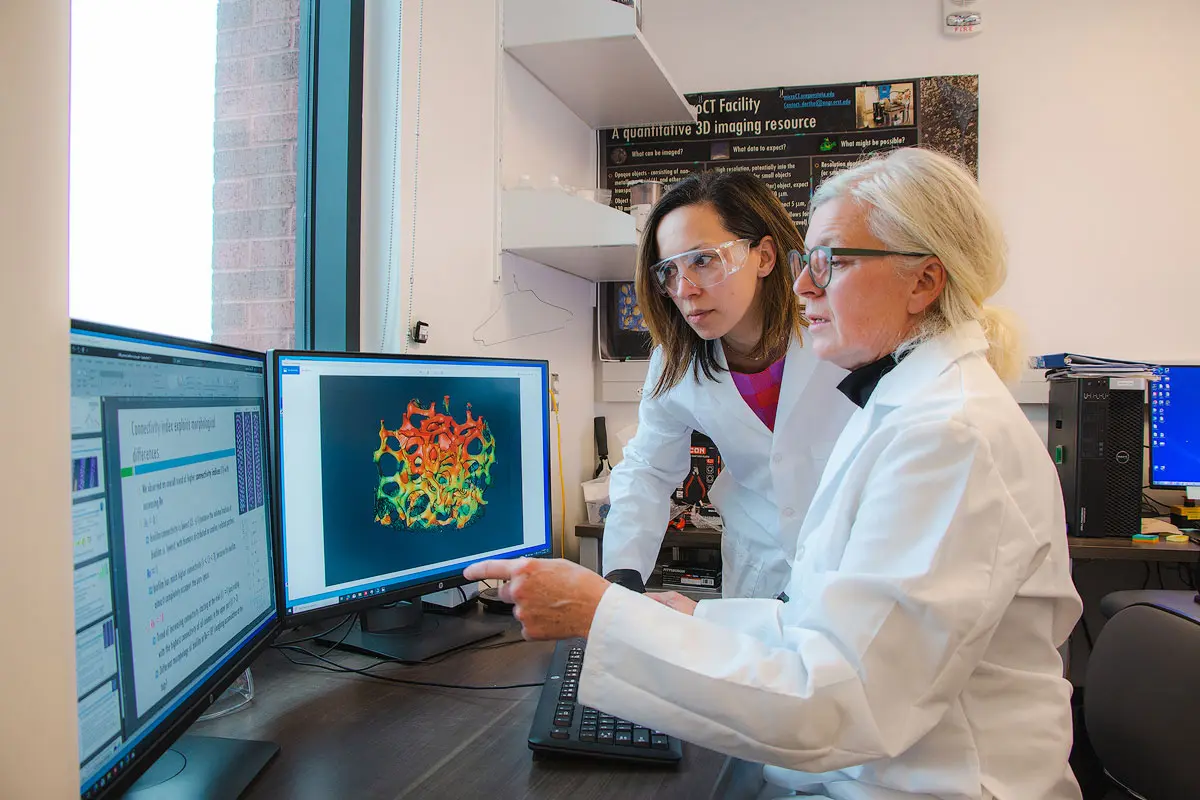
“The 3D scans will give viewers the feeling of flying through the object,” said Wildenschild, who serves as the DeVaan Chair and Executive Director for Clean Water Technology at Oregon State.
Much of the work so far has focused on engineering the experiments to be conducted in a microgravity environment, where materials behave differently than they do on Earth, and scaling the laboratory down to a self-contained kit, similar to the one used by Joddar. The researchers are currently developing highly detailed protocols for the astronauts and working with NASA-contracted logistics partners to prepare the materials.
“We don’t know specifically when we will be offered a spot on a space freighter,” Wildenschild said. “But we are now attending to every detail to ensure we will be ready to launch when our time comes.”

